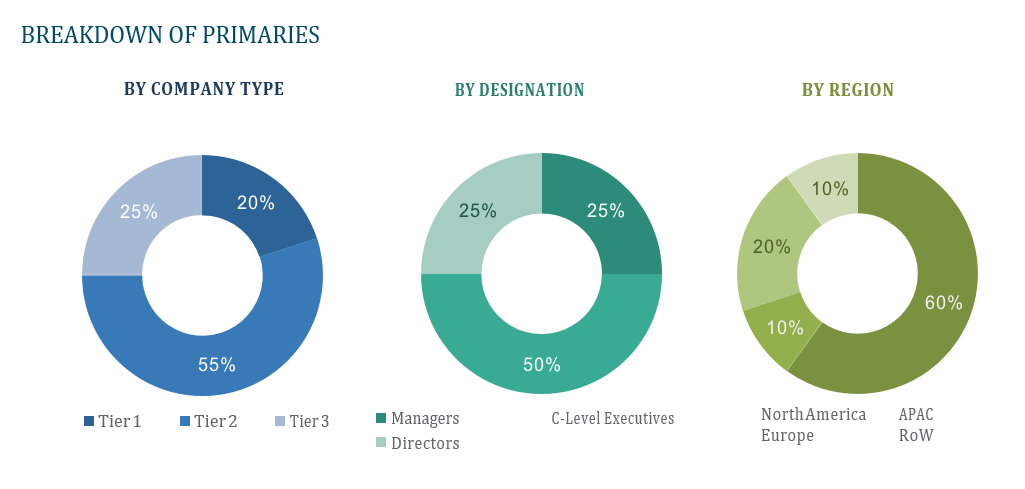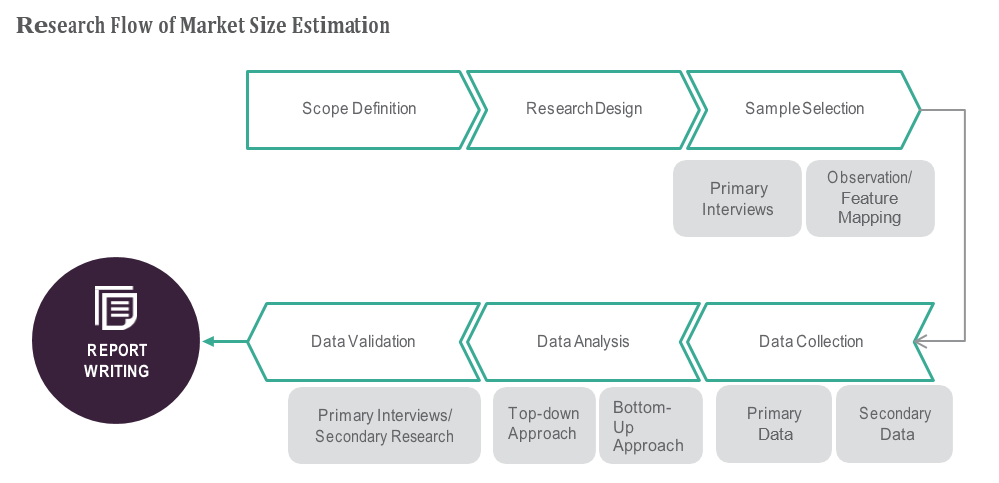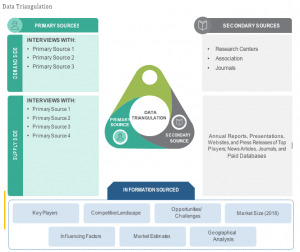OVERVIEW
Research by Global Market Studies has reported a CAGR of 9.1% for the Smart Elevator Market, expecting to expand to a value of USD 38.27 billion by 2028.
The smart elevator market refers to the industry that deals with the development, deployment, and utilization of technologically advanced and interconnected elevator systems. These elevators are equipped with various sensors, controls, and communication technologies that enable them to operate more efficiently, securely, and intelligently compared to traditional elevators.
Smart elevators optimize traffic flow in office buildings, residential buildings, hotels, hospitals, shopping malls, high-rise buildings, airports, transportation hubs, and industrial and commercial complexes. They use advanced algorithms, destination control systems, and personalized floor access to reduce waiting times and improve guest experience. These elevators prioritize medical staff, patients, and maintain hygiene standards.
Market Dynamics
Drivers:
Rapid urbanization and high-rise construction demand efficient vertical transportation solutions to handle increased traffic and occupancy. Energy efficiency regulations are becoming more important, and smart elevators with energy-saving features help building owners and operators meet these regulations. Technological advancements, such as IoT, AI, and sensor technologies, have enabled the development of smart elevators with enhanced automation, data analysis, and predictive maintenance capabilities.
User experience enhancement is also a priority, with features like personalized floor selection, touchless controls, and entertainment options improving passenger satisfaction. Older buildings are undergoing renovation and retrofitting to incorporate modern technologies, including smart elevator systems, for improved functionality and safety.
Smart elevators can provide enhanced security features, such as access control and emergency response systems, which are crucial in public places like airports, hospitals, and commercial complexes. They also offer cost savings through efficiency, optimizing traffic flow, reducing waiting times, and minimizing energy consumption, leading to operational cost savings for building owners.
Predictive maintenance is achieved through data analytics and IoT sensors, reducing downtime and improving elevator system reliability.
Opportunities:
Smart elevators offer various benefits, including optimizing elevator routing, providing secure access through biometric identification, RFID cards, and touchless controls, remote monitoring and management, predictive maintenance, energy efficiency features like regenerative braking, energy-efficient lighting, and standby modes, and touchless controls for a safer and more hygienic experience.
Elevators can also incorporate entertainment and information systems, providing real-time information, news, advertisements, and entertainment during rides. They can also be programmed to recognize and serve specific users, offering personalized floor selection and preferences.
Smart elevators can integrate with building systems, such as access control, fire alarms, and security, for streamlined operations and emergency response. Data analytics and reporting help analyze passenger flow, usage patterns, and system performance, aiding decision-making and optimization.
Emergency communication is also provided by smart elevators, enabling quick response from building management or emergency services. Overall, smart elevators offer a more efficient and convenient way to navigate the complex world of elevators.
Restraints:
Smart elevator systems face several challenges, including high initial costs, complex integration, reliance on technology, data privacy and security concerns, maintenance and technical expertise, adoption lag, and regulatory and compliance challenges. High initial costs, complex integration, and reliance on technology can deter building owners from adopting these systems.
Additionally, data privacy and security concerns arise from the collection of passenger data by smart elevators, necessitating robust cybersecurity measures. Maintenance and technical expertise may also pose challenges, as traditional elevator systems are deeply entrenched in many buildings, and varying regulations and compliance requirements can complicate the deployment of standardized smart elevator solutions.
Regional Information:
North America: The United States and Canada have been early adopters of smart building technologies, including smart elevators. Urbanization, stringent energy regulations, and a focus on building efficiency drive the adoption of smart elevator systems.
Europe: European countries, particularly those with dense urban areas, are investing in smart building solutions to address congestion and energy consumption. Countries like Germany, the UK, and France are likely to see increased adoption.
Asia-Pacific: Rapid urbanization and infrastructure development in countries like China, India, and Japan are strong drivers of the smart elevator market. The focus on sustainable urban development and the construction of high-rise buildings contribute to growth.
Recent Developments:
• In June 2021, Otis launched its newly developed Smart Gen3™ elevator which enriched smart elevator product portfolio of the company. Otis will target prominent vendor operating in construction sector of China which are looking for procurement of elevators for their new infrastructure projects. The company has strategically focused this particular market due to the increased proclivity of construction sector in China towards green development. The product will operate using cloud based IoT technology and will operational ease to elevator occupants.
• In June 2021, Hyundai Elevators and KT finalized and signed a memorandum of understanding (MoU) to expedite their collective efforts for Elevator Digital Transformation(DX) Expansion business. The memorandum of understanding was duly signed to bolster their development of elevator portfolio by integration of AI technology, automatic driving robots and voice recognition in its elevators. The development of these elevators will dictate growth of Hyundai Elevators in smart elevator market.
Key Players:
KONE CORPORATION, OTI ELEVATOR CO., SCHINdler, ThyssenKrupp Elevator Technology, Hitachi Ltd., Mitsubishi Electric Corporation, Bosch Security Systems, Fujitec Co. Ltd., Toshiba Elevator and Building Systems Corporation, HYUNDAI ELEVATOR CO., LTD., Johnson Controls Inc., and Motion Control Engineering.
Frequently Asked Questions
1) What is the projected market value of the Smart Elevator Market?
– The Smart Elevator Market is expected to reach a value of USD 38.27 billion by 2028.
2) What is the estimated CAGR of the Smart Elevator Market over the 2023 to 2028 forecast period?
– The Smart Elevator Market is expected to grow at a CAGR of approximately 9.1% from 2023 to 2028.
3) Who are the key players in the Smart Elevator Market?
– KONE CORPORATION, OTI ELEVATOR CO., SCHINdler, ThyssenKrupp Elevator Technology, Hitachi Ltd., Mitsubishi Electric Corporation, Bosch Security Systems, Fujitec Co. Ltd., Toshiba Elevator and Building Systems Corporation, HYUNDAI ELEVATOR CO., LTD., Johnson Controls Inc., and Motion Control Engineering.
4) What are the drivers for the Smart Elevator Market?
– Urbanization and high-rise construction demand efficient vertical transportation solutions, requiring smart elevators with energy-saving features. Advancements in IoT, AI, and sensor technologies enhance automation, data analysis, and predictive maintenance. These systems improve passenger satisfaction, security, and operational efficiency.
5) What are the restraints and challenges in the Smart Elevator Market?
– Smart elevator systems face challenges like high initial costs, complex integration, data privacy, security, maintenance, adoption lag, and regulatory compliance.
6) What are the key applications and offerings of the Smart Elevator Market?
– Smart elevators optimize traffic flow in office buildings, residential buildings, hotels, hospitals, shopping malls, high-rise buildings, airports, transportation hubs, and industrial and commercial complexes.
7) Which region is expected to drive the market for the forecast period?
– Asia Pacific has the highest value share in the global market and is expected to dominate shares in forecast period.
Why Choose Us?
Insights into Market Trends: Global Market Studies reports provide valuable insights into market trends, including market size, segmentation, growth drivers, and market dynamics. This information helps clients make strategic decisions, such as product development, market positioning, and marketing strategies.
Competitor Analysis: Our reports provide detailed information about competitors, including their market share, product offerings, pricing, and competitive strategies. This data can be used to inform competitive strategies and to identify opportunities for growth and expansion.
Industry Forecasts: Our reports provide industry forecasts, which will inform your business strategies, such as investment decisions, production planning, and workforce planning. These forecasts can help you to prepare for future trends and to take advantage of growth opportunities.
Access to Industry Experts: Our solutions include contributions from industry experts, including analysts, consultants, and subject matter experts. This access to expert insights can be valuable for you to understand the market.
Time and Cost Savings: Our team at Global Market Studies can save you time and reduce the cost of conducting market research by providing comprehensive and up-to-date information in a single report, avoiding the need for additional market research efforts.









